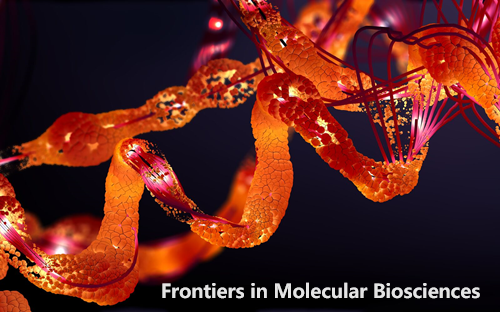从体外到硅学:从真实图像数据生成虚拟组织模拟的管道
IF 3.9
3区 生物学
Q2 BIOCHEMISTRY & MOLECULAR BIOLOGY
引用次数: 0
摘要
与传统的二维培养相比,三维细胞培养模型复制了组织的复杂性,旨在更贴近生理的环境中研究细胞的相互作用和反应。然而,由于这些模型的球形结构,很难提取有意义的数据,因此需要采用先进的技术进行适当的分析。硅学模拟通过预测细胞行为和治疗反应来加强研究,为补充实验方法提供了强有力的工具。尽管这些模拟具有潜力,但往往需要高级计算技能和大量资源,这给许多研究人员造成了障碍。为了应对这些挑战,我们利用开源软件开发了一个可访问的管道,以促进虚拟组织模拟。我们的方法采用了细胞波茨模型(Cellular Potts Model),这是一个用于模拟组织中细胞行为的多功能框架。模拟由真实世界的癌症球体三维图像堆栈构建,确保虚拟模型植根于实验数据。通过引入新的参数优化指标,我们能够创建逼真的模拟,而无需大量的计算专业知识。即使研究人员不具备该领域的丰富专业知识,也能从这一管道中获益,将计算生物学融入他们的研究方法中。通过减少与高级计算建模相关的技术障碍,我们的管道能让更多研究人员利用这些强大的工具。我们的方法旨在促进在疾病研究中更广泛地使用硅学方法,从而加深对疾病生物学的理解,完善治疗干预措施。本文章由计算机程序翻译,如有差异,请以英文原文为准。
From in vitro to in silico: a pipeline for generating virtual tissue simulations from real image data
3D cell culture models replicate tissue complexity and aim to study cellular interactions and responses in a more physiologically relevant environment compared to traditional 2D cultures. However, the spherical structure of these models makes it difficult to extract meaningful data, necessitating advanced techniques for proper analysis. In silico simulations enhance research by predicting cellular behaviors and therapeutic responses, providing a powerful tool to complement experimental approaches. Despite their potential, these simulations often require advanced computational skills and significant resources, which creates a barrier for many researchers. To address these challenges, we developed an accessible pipeline using open-source software to facilitate virtual tissue simulations. Our approach employs the Cellular Potts Model, a versatile framework for simulating cellular behaviors in tissues. The simulations are constructed from real world 3D image stacks of cancer spheroids, ensuring that the virtual models are rooted in experimental data. By introducing a new metric for parameter optimization, we enable the creation of realistic simulations without requiring extensive computational expertise. This pipeline benefits researchers wanting to incorporate computational biology into their methods, even if they do not possess extensive expertise in this area. By reducing the technical barriers associated with advanced computational modeling, our pipeline enables more researchers to utilize these powerful tools. Our approach aims to foster a broader use of in silico methods in disease research, contributing to a deeper understanding of disease biology and the refinement of therapeutic interventions.
求助全文
通过发布文献求助,成功后即可免费获取论文全文。
去求助
来源期刊

Frontiers in Molecular Biosciences
Biochemistry, Genetics and Molecular Biology-Biochemistry
CiteScore
7.20
自引率
4.00%
发文量
1361
审稿时长
14 weeks
期刊介绍:
Much of contemporary investigation in the life sciences is devoted to the molecular-scale understanding of the relationships between genes and the environment — in particular, dynamic alterations in the levels, modifications, and interactions of cellular effectors, including proteins. Frontiers in Molecular Biosciences offers an international publication platform for basic as well as applied research; we encourage contributions spanning both established and emerging areas of biology. To this end, the journal draws from empirical disciplines such as structural biology, enzymology, biochemistry, and biophysics, capitalizing as well on the technological advancements that have enabled metabolomics and proteomics measurements in massively parallel throughput, and the development of robust and innovative computational biology strategies. We also recognize influences from medicine and technology, welcoming studies in molecular genetics, molecular diagnostics and therapeutics, and nanotechnology.
Our ultimate objective is the comprehensive illustration of the molecular mechanisms regulating proteins, nucleic acids, carbohydrates, lipids, and small metabolites in organisms across all branches of life.
In addition to interesting new findings, techniques, and applications, Frontiers in Molecular Biosciences will consider new testable hypotheses to inspire different perspectives and stimulate scientific dialogue. The integration of in silico, in vitro, and in vivo approaches will benefit endeavors across all domains of the life sciences.
 求助内容:
求助内容: 应助结果提醒方式:
应助结果提醒方式:


